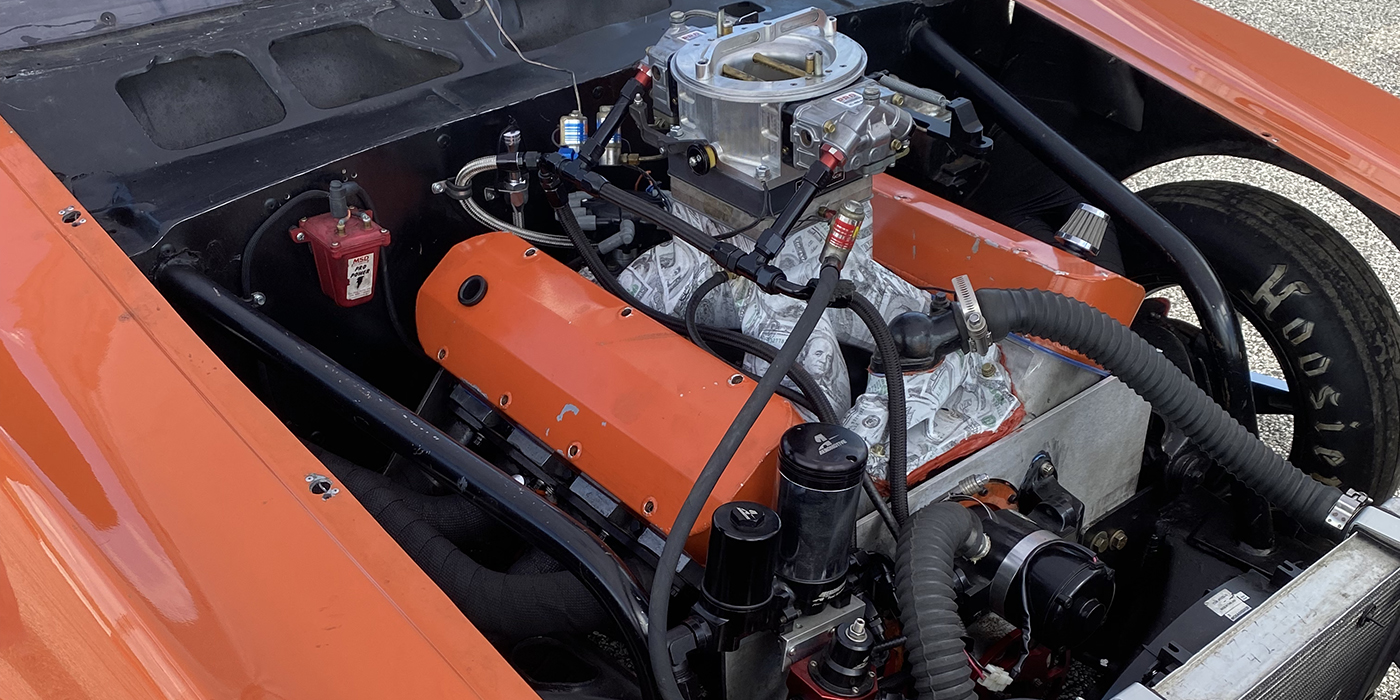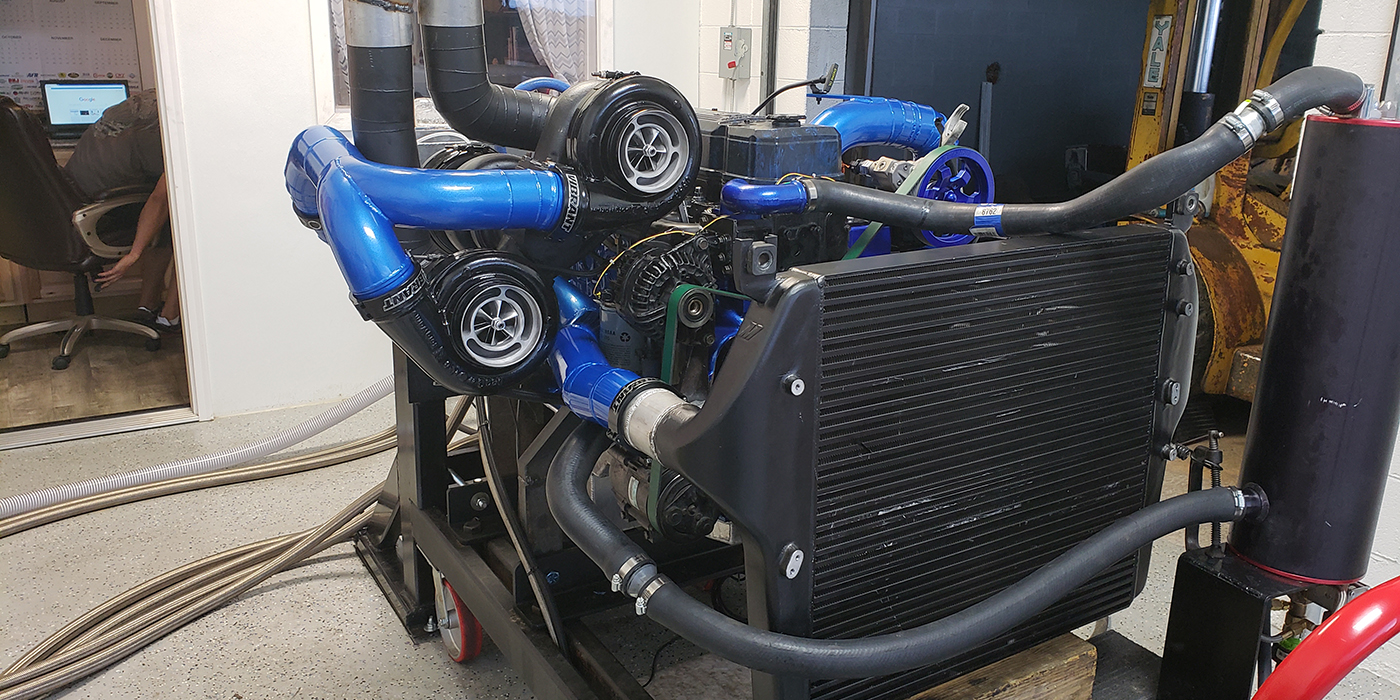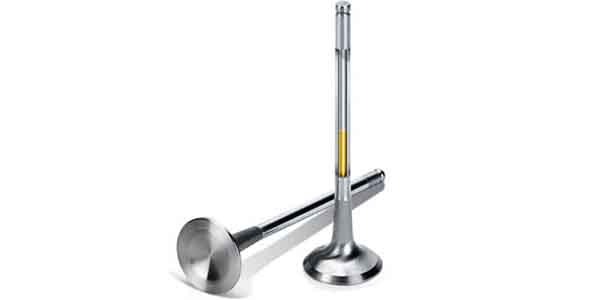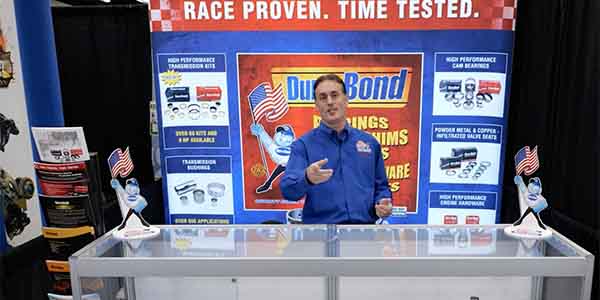When it comes to engine components working together, there are few areas that share the same level of relationship as the valves and valve seats. The factors that affect this duo’s ability to reside in harmony inside an internal combustion engine encompass everything from material compatibility to thermal conductivity.
In regard to the actual physical dimensions of the angles, seating widths, radius and shapes of these two parts, you can truly say that the variables are almost infinite. The cylinder heads are such a key piece to the power output of any engine combination that it makes getting the valves and valve seats correct and consistent of paramount importance.
Materials
Valves and valve seats are both available in different materials for various applications in automotive engines so let’s look at some of the factors that determine what type should be used. Since the valve seat is responsible for transferring heat from the valve into the cylinder head, thermal conductivity is very important, especially with the exhaust valve.
Combustion temperatures will vary depending on the fuel that is used in the engine and choosing the correct material can avoid such issues as the seat becoming brittle and cracking. As an example, powdered metal valve seats have been used by the OEM’s for some time now and are available from aftermarket manufacturers also. This type of material lends itself well to your average street driven gasoline engine, which will see temps that are generally in the 1,150 – 1,200 degree range. If you have an engine operating on diesel fuel or liquid propane though, this would not have been the best choice for your seat material due to more elevated temperatures.
There have been a number of changes though in the last few years in the design and construction of P/M seats. Modern metallurgical compositions and processes have brought about the development of powdered metal seats that can operate in higher output engine applications. Utilizing various additives allow the seat to contain high temperature lubrication properties that weren’t present in the original P/M seat designs.
In the high performance realm, we see the same requirement that builders must contend with higher combustion temps and many prefer a premium grade tungsten/nickel/cobalt/bronze base alloy seat for their modified engines. Continuing in the performance and competition areas, there are other variables that dictate better seat material such as the use of nitrous oxide or turbocharging in order to deal effectively with the increased temperatures. In regards to compatibility between the valve and seat, applications using titanium valves can benefit from using a copper alloy material for the seat because of increased conductivity since titanium doesn’t conduct heat as well as steel. There has also been development on copper infiltrated seats for titanium and stainless valves in high performance applications.
Spintron testing on a small block Chevy to see what the effects were between these seats and titanium/stainless valves produced extremely good results. All the seats used were copper infiltrated and half the engine had titanium valves (intake) and the other half was stainless (exhaust). When the test (which used a roller cam and consisted of 8000 rpm runs for many hours) was completed, the valves showed good seating and looked like they were just lapped.
While we’re on the subject of conductivity there is one other point I would like to bring up and that involves the seat installation. Many machinists will use some type of adhesive or locking agent when installing valve seats, particularly in older cast iron heads being upgraded with hardened exhausts. If you’re using an adhesive on your seats you must make sure that it will continue to provide the necessary amount of conductivity and not act as an insulator that could be detrimental to the required level of heat transfer.
Aftermarket seat manufacturers have worked diligently to give us products that will meet the requirements in these areas and at the same time provide excellent machinability with better wear characteristics. If you are unsure about a particular application, work with your supplier to determine what will be the best fit for your needs.
Valve Designs
Normal street driven gasoline engines typically use a stainless steel alloy for OEM and replacement valves. These are manufactured with varying percentages of the materials in the “mix” to achieve a low or high alloy intake valve. Exhaust valves are made with a stronger alloy (EV or HEV) to withstand the higher temps that the exhaust will see.
All modern aftermarket valves are capable of being used in both stock OEM replacement and mild performance applications as well. They are manufactured to operate with unleaded fuel and designed to give a long service life.
Because of much hotter operating conditions, heavy-duty diesel and gaseous fuel engines employ an Inconel exhaust valve – this material is also used in other special applications. In the high performance and competition world there are a lot of options available in material choices to keep the valves and seats working together even in the most extreme conditions. Materials that are commonly used for performance valve applications include carbon steel alloys, stainless steels, high-strength nickel-chromium-iron alloys and titanium. To get a better idea, let’s take a look at a few of the assorted materials available and what some of the applications might be:
• EV8 (21-4N) stainless steel for HP intake and exhaust valves;
• Inconel 751 alloy for high temp forced induction intake and exhaust valves;
• Nimonic 80A for high temp, extreme duty exhaust valves; and
• Titanium for high RPM, lightweight intake and exhaust valves.
There are many more material compositions with higher or lower amounts of chromium, nickel, etc. to achieve different purposes. The ability to handle thermal variations, increase hardness or provide a higher level of fatigue or corrosion resistance can all be addressed by increasing or decreasing the amount of alloying elements. Your supplier can help you determine which is right for a particular application.
There are also options when trying to remove weight from the valve train. Titanium valves are the lightest available, weighing roughly 40 percent less than solid stem steel valves. They are an excellent choice for high RPM operation and are available in many shelf stocking sizes from valve manufacturers as well as custom blanks that can be machined to your specifications. The only real drawback to utilizing titanium valves is the cost as they are somewhat expensive compared to their steel counterparts.
Another option for taking additional weight out is by using hollow stem valves. These are steel valves that have the stem gun-drilled and micro-polished to make it hollow. This gives you a valve that is about 20-25% lighter than the equivalent solid stem part and is more cost effective than titanium. Hollow stem valves are also available with a sodium filling in the stem cavity. The sodium inside the valve stem absorbs heat from the valve head and transfers it through the valve guide reducing the amount of heat that is transferred through the valve seat. With a solid stem exhaust valve, about 75 percent of the cooling occurs through the valve seat and 25 percent through the stem. In a sodium filled valve, approximately 40 percent of the cooling is through the stem so the valve can tolerate more heat.
Sealing the Deal
When we move into the area of the angle dimensions involved between the valve and seat, the variables expand greatly. There are certain “standards” so-to-speak that can be applied to machining both pieces. For instance, the actual seat angle for any street application should never be steeper than 45 degrees, with some valves having an even shallower 30-degree angle to enhance low lift flow for better torque and efficiency. Certain competition engines will use up to a 55- or even a 60-degree seat, but it comes at the cost of durability and longevity. Most cylinder heads will have a two- or sometimes three-angle seat, with racing heads having up to five different angles. Seat widths also have some general dimensions with the intake averaging around .040˝ wide and the exhaust in the .055˝ range. If spring pressures increase, the seat widths can be widened to around .060˝ and .080˝ because wider seats promote better heat transfer. A narrower seat will flow better than a wider seat (some full competition engines will utilize .025-.030˝ widths on the intake) but again aren’t as durable.
We’ve essentially just scratched the surface in this discussion, again due to the fact that there are so many variances depending upon the application.
There are still other areas that come into play when dealing with valves and seats, which are of great importance. The concentricity of the seat in relation to the valve guide will determine how well the valve seals. Keeping the valve seat depths consistent will help equalize your chamber volumes, valve stem height, installed spring heights and push rod lengths.
The closer you keep the consistency in the components we have discussed, the more efficient power your cylinder heads will be able to produce.
Just remember, when it comes to horsepower…too much is just enough. ν













